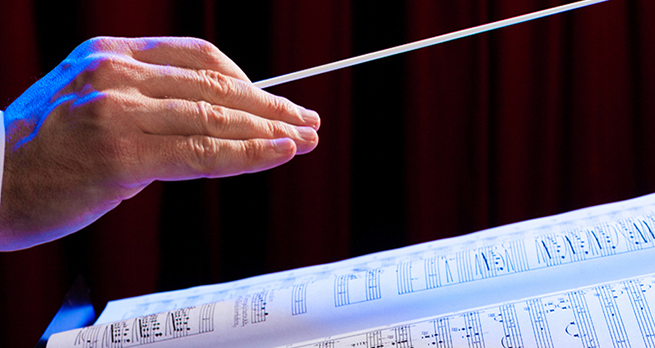1.2.1 A little bit of history
A notation capable of representing both pitch and rhythm evolved over a long period of time in Western history from around the tenth century to the middle of the seventeenth century, when it became fully recognisable as the notation in common use today.
It is certainly not the only notation in use, but it is the one most Western musicians will rely on as it is capable of a high level of detail. It is this detail that enables the richness of musical scores that makes them so interesting to study as composers have used this notation in so many different ways to express their ideas.
In starting to understand a musical score, the first step is to understand how both pitch and rhythm are conveyed simultaneously on a single page. Pitch occupies a vertical space. As notes go up higher and lower, they literally move up and down the stave on the vertical plane. Rhythm is about movement through time and occupies the horizontal plane, with longer and short notes having different shapes to indicate different durations of time. The synchronicity of pitch and rhythm is controlled by a beat or pulse. If you tap your foot to a piece of music, you are feeling the underlying pulse.
The earliest Western musical notation was created in monasteries to help monks remember the many chants they had to use during the cycle of the church year. It consisted of little squiggles and marks called ‘neumes’ written above words to remind the singer of how the melody went. The association with words meant that it was read from left to right, and this is how standard modern music notation works too. It is, however, not the case for all music notations. In any given culture, the direction music notation tends to follow across the page is the same as for the written script in that culture.
